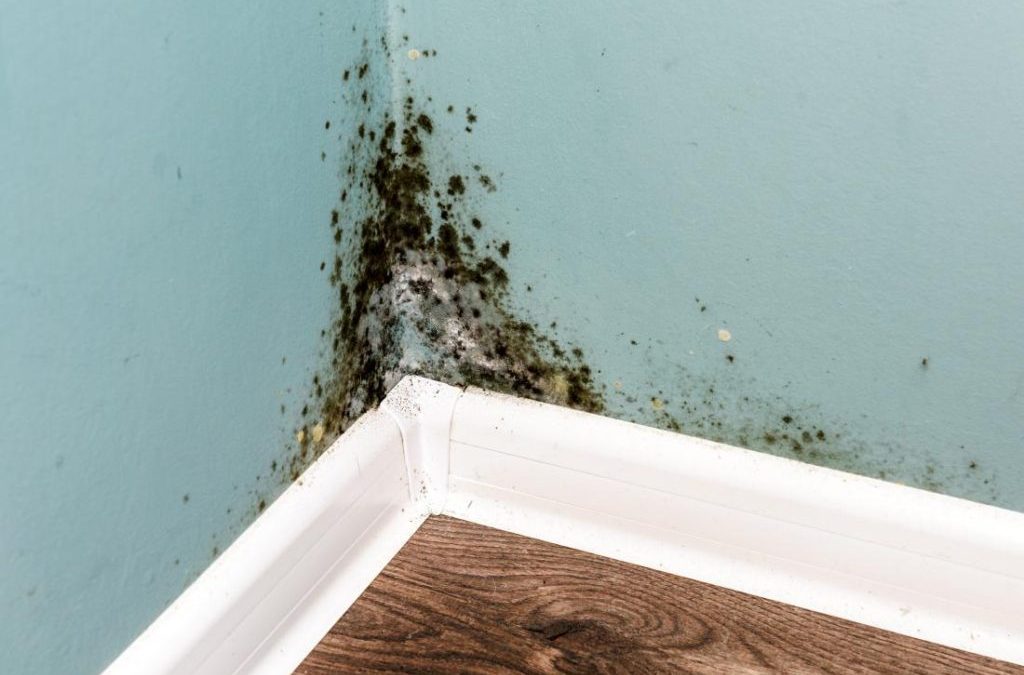If you’ve recently bought or constructed a new house and noticed a mold problem, you might be wondering how that’s possible. A new apartment is supposed to be neat, fresh, and mold-free since this is the first time anyone has used it, but that’s not the case with your new castle.
The truth is, a new house can have mold, and that can be due to several reasons, such as:
1. Jobsite materials
If the wood used to build your home is not handled correctly, it can create a favorable environment for mold to grow. And interestingly, mold doesn’t need a long time to grow. Within 48 hours, they can grow from spores and stick to the surface of objects. With time, their number increases, and they become more apparent.
Mold spores are those microscopic reproductive cells that molds need to multiply and spread. These spores are naturally present in indoor and outdoor air, so they can easily fall on building materials. When the material gets exposed to moisture for some time, such as when water or mud falls on the wood, it can create a perfect breeding spot for mold spores.
While the materials are used to build, these newly developing molds will likely not be seen, but they’re present already. With time, they mature and become visible, which is why you find them in your new home.
A better way to handle the situation will be by avoiding moisture from coming in contact with site materials as much as possible, even though this can be impossible in some cases.
2. Airtight constructions
Most modern houses are built to be airtight for several reasons, with energy-saving ability sitting at the top of the list. Airtight buildings can offer other benefits such as:
- preventing draught in the living space
- improving indoor air quality
- reducing the inflow of pollutants from outside
- enhancing the effectiveness of ventilation systems
- improving sound insulation
- providing gas and smoke barrier in case of fire
However, airtight buildings don’t enable interiors to breathe, thus creating a favorable environment for mold growth. When other factors, such as moisture, comes into play, there’s a greater chance that your new home will develop mold before you move in.
3. Studs insulation
Insulating metal stud offers lots of benefits, such as helping to reduce exposure to noise pollution by minimizing sound transfer between the rooms, improving the temperature regulation of your home, and reducing the energy cost you require to achieve warmth and comfort in your apartment.
However, when the studs are insulated, and vapor barriers are installed before a poured foundation dries, they can trap condensation inside your walls. Such a moist environment enables mold to grow and spread over time, causing mold infestation in your new home.
What to do
Several other reasons can cause mold to grow in your new home. While some can be tackled during the construction phase, others can’t. When you notice molds in your new home, your best option is to contact a mold removal expert. They will conduct a mold test and find other areas where molds can be in your home, then provide an effective elimination measure. Mold isn’t something you want to live with as these organisms can cause allergic reactions such as headache, runny nose, watering eyes, rashes, wheezing, sore throat, and so on.

